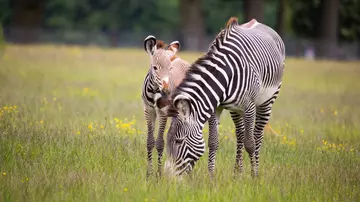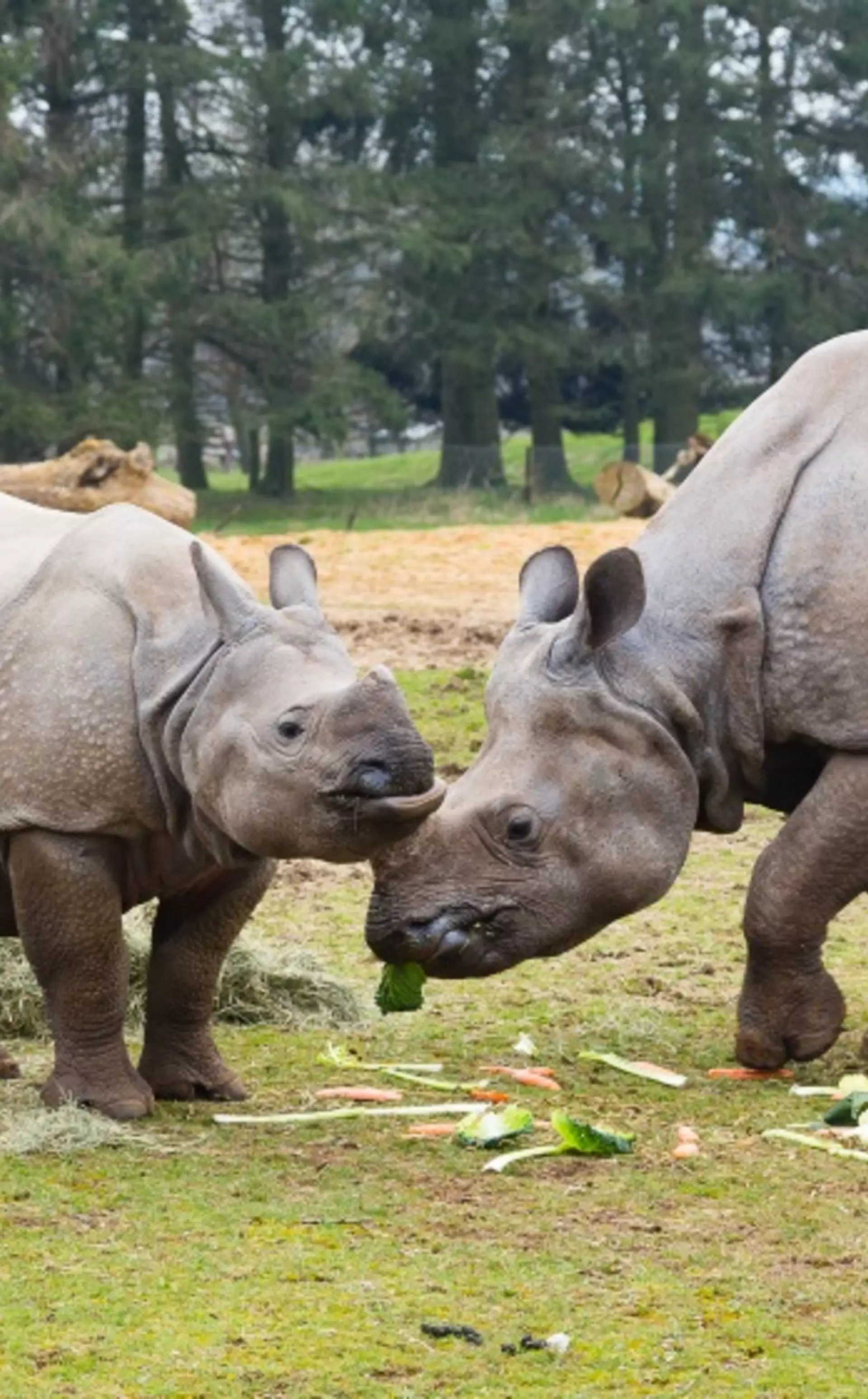
In Zoo Ethics students find themselves sitting on a Zoo Ethics Board faced with a real-life dilemma. After an introduction to the purpose of the modern zoo and the different stakeholders and decision makers present, students are given a number of dilemmas and asked to put themselves in the shoes of these individuals to come up with a solution. Students discover the complexity around ethical decision making as well as how ethics can change with culture, time and perspective.
| Age: Post 16 | Duration: 50 minutes | Capacity: 35 students | Indoor Workshop |

Intended learning outcomes:
Students will be able to:
- List the different areas of ZSL, the ZSL vision and purpose
- Work in groups as an ethics committee to decide on a particular zoo related topic
- List the different people involved in making ethical decisions at a zoo
- Discuss the different perspectives involved in making decisions in a zoo
Online Teaching Resources:
- Support your students' learning before, during or after a visit with our online teaching resources.
AQA Biology A Level
3.4 Genetic information, variation and relationships between organisms |
3.4.6 Biodiversity within a community |
|
| 3.7 Genetics, populations, evolution and ecosystems | 3.7.4 Populations in ecosystems |
|
Pearson Edexcel A Level Biology A (Salters-Nuffield)
| Topic 4: Biodiversity and Natural Resources |
|
|
|
| Topic 5: On the Wild Side |
|
Pearson Edexcel A Level Biology B
| Topic 3: Classification and Biodiversity | 3.3 Biodiversity |
|
| Topic 10: Ecosystems | 10.4 Human effects on ecosystems |
|
OCR A Level Biology A
| Module 4: Biodiversity, evolution and disease | 4.2 Biodiversity | 4.2.1 Biodiversity |
|
OCR A Level Biology B
| Module 4: Energy, reproduction and populations | 4.3 Photosynthesis, food production and populations | 4.3.2 The impact of population increase |
|
Cambridge International AS & A Level Biology
| 18: Biodiversity, classification and conservation |
18.3 Conservation Maintaining biodiversity is important for many reasons. Actions to maintain biodiversity must be taken at local, national and global levels. It is important to conserve ecosystems as well as individual species. |
|
